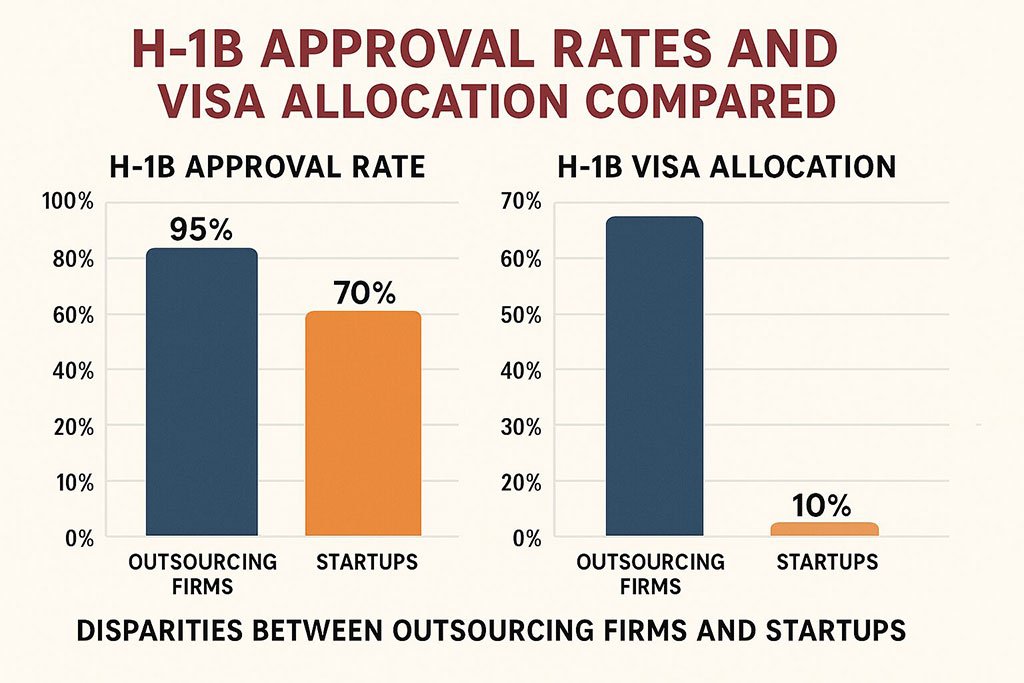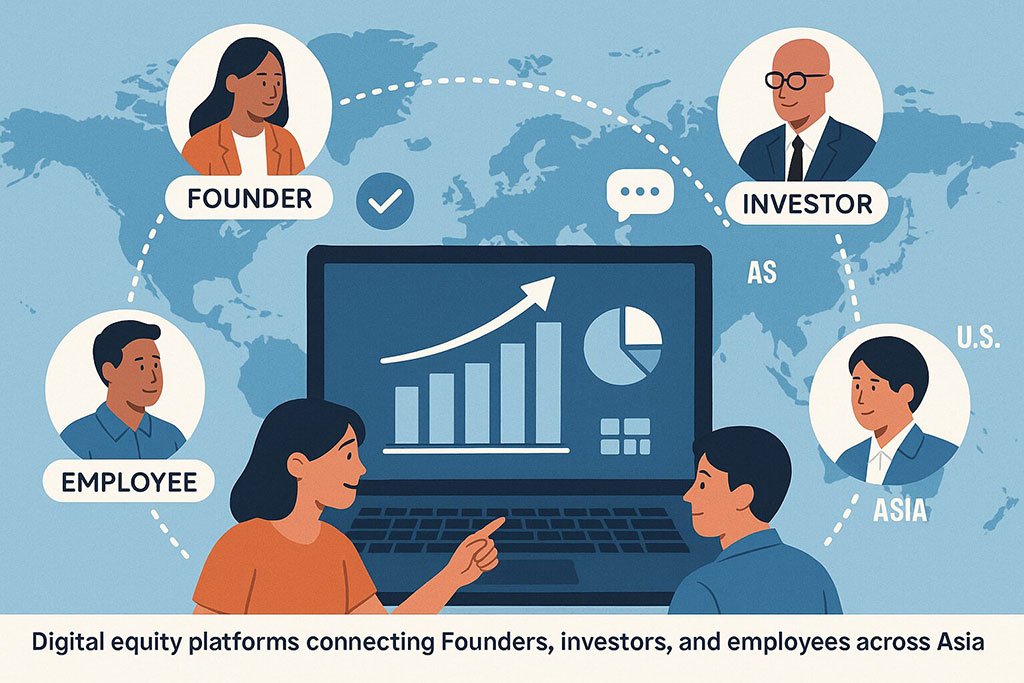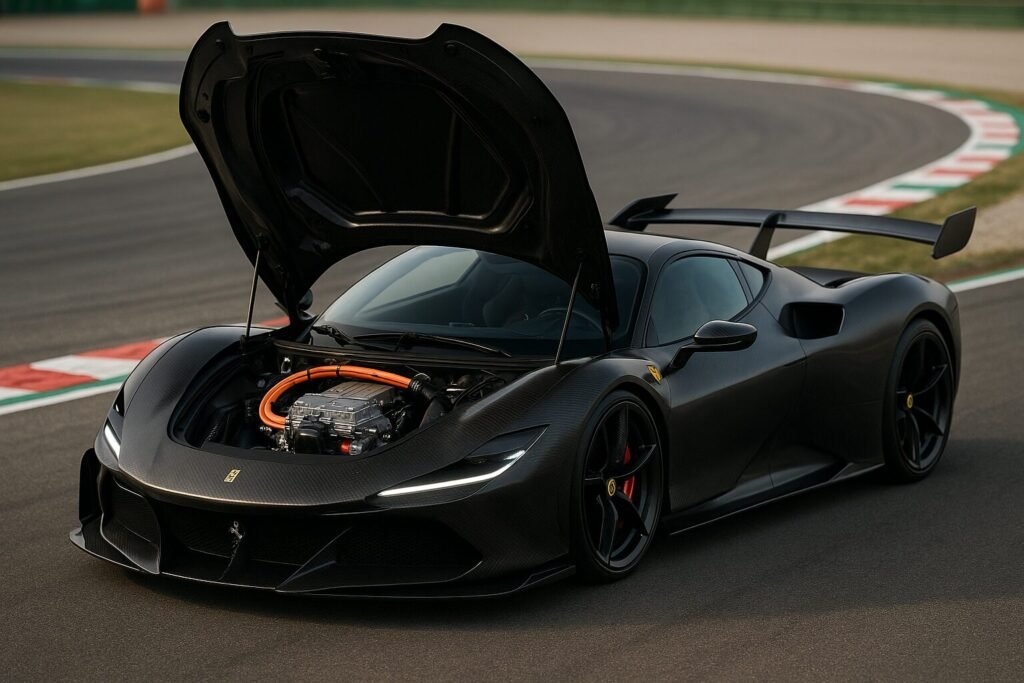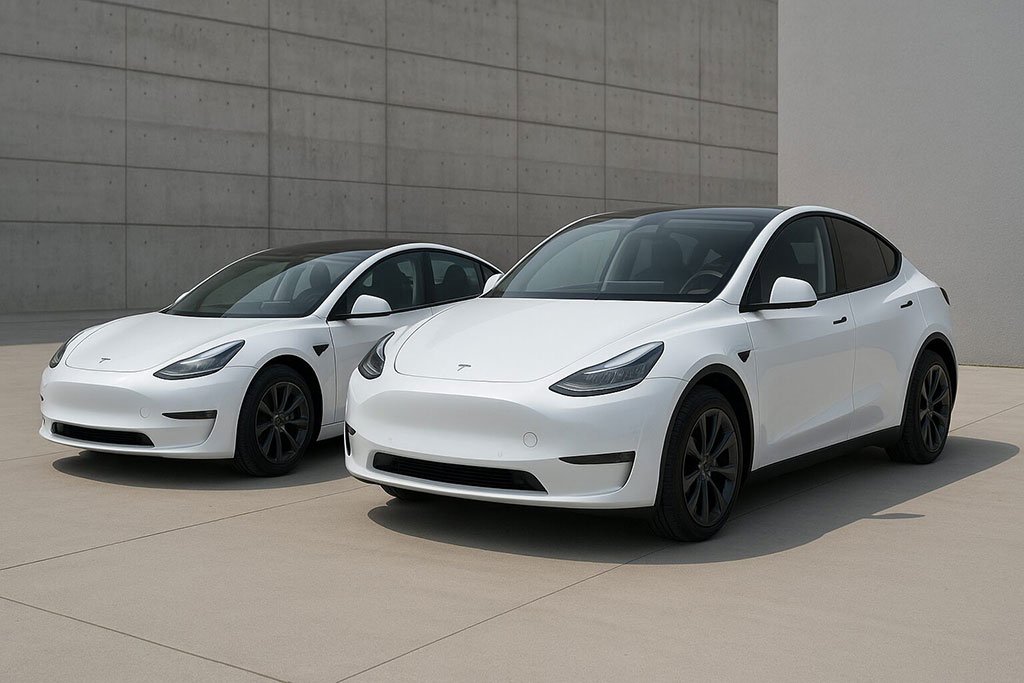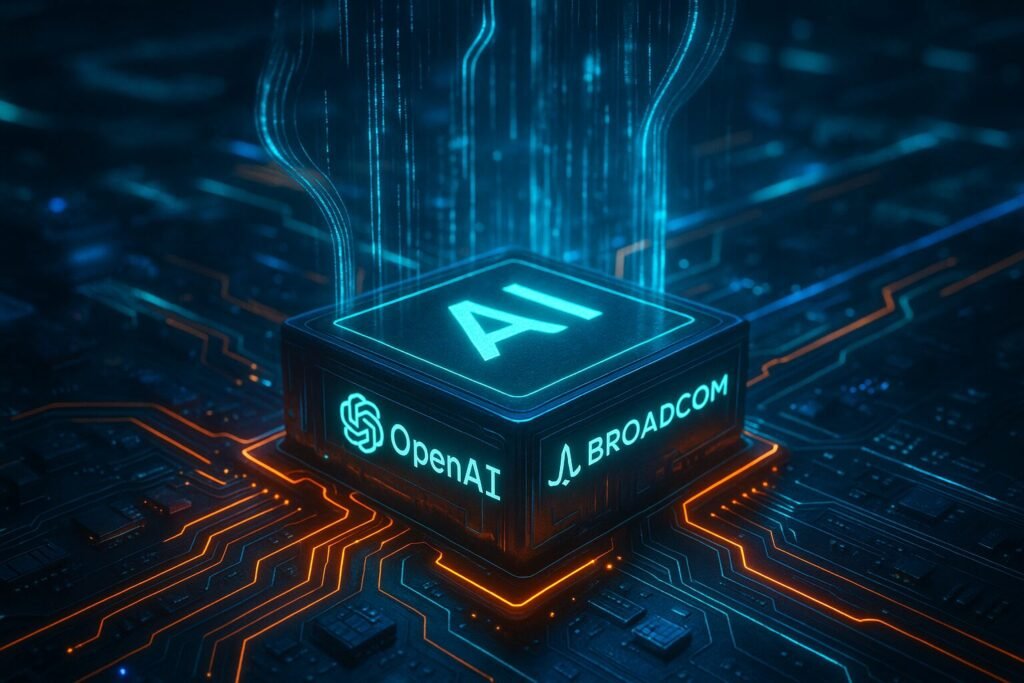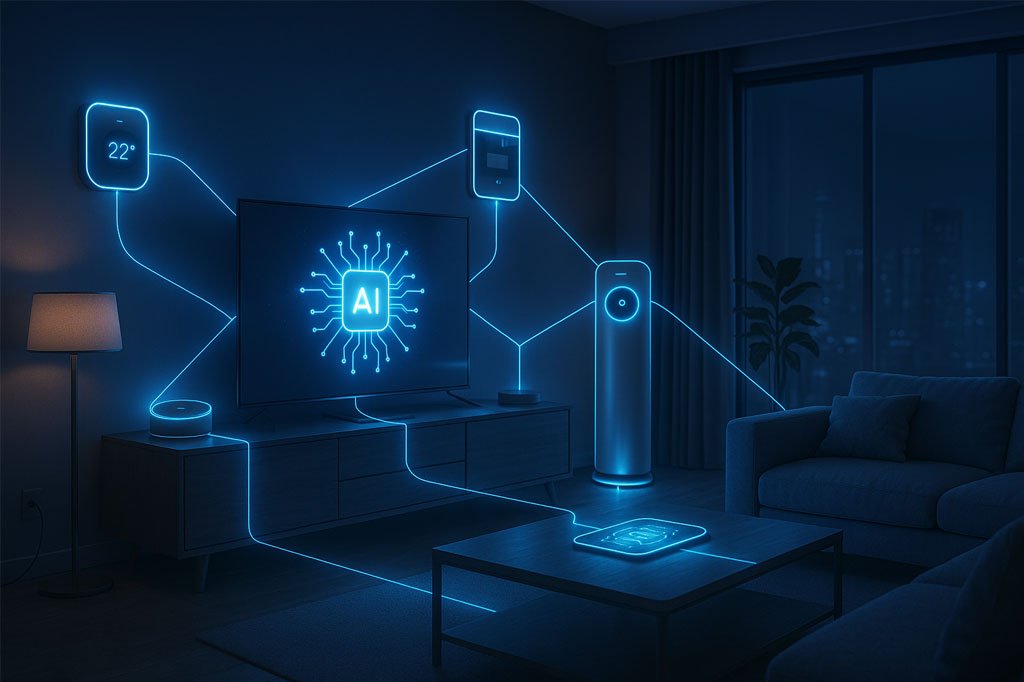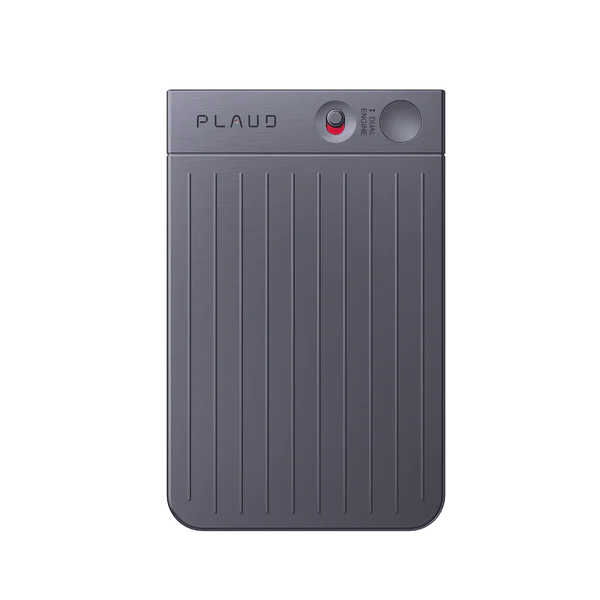Now Reading: Malaysia’s SkyeChip Unveils MARS1000 Revolutionizing Edge AI
-
01
Malaysia’s SkyeChip Unveils MARS1000 Revolutionizing Edge AI
Malaysia’s SkyeChip Unveils MARS1000 Revolutionizing Edge AI
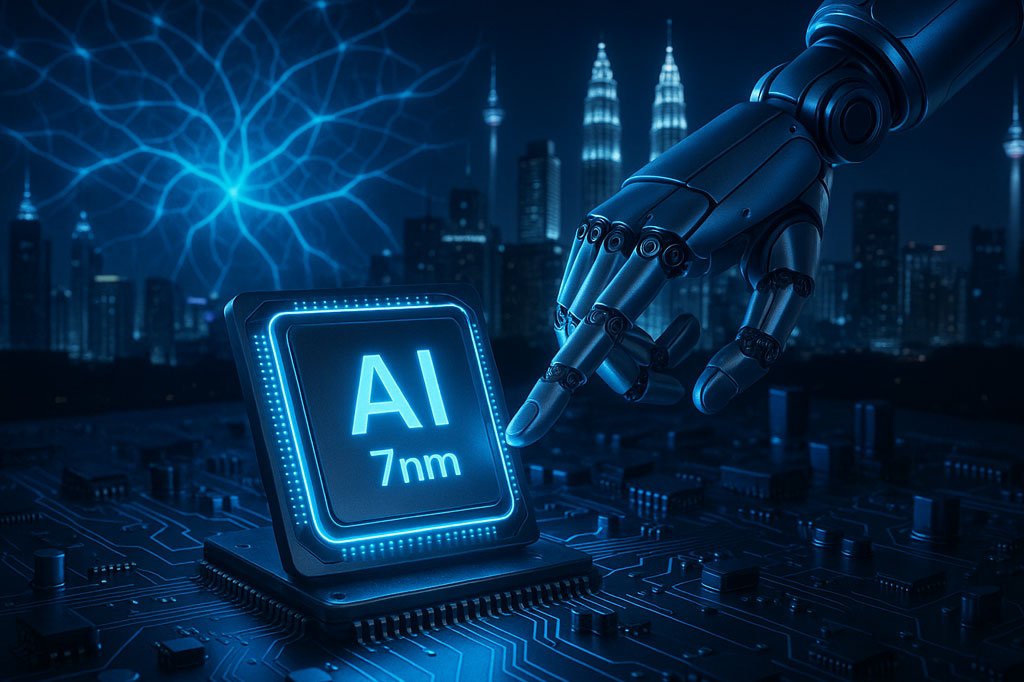
Malaysia’s SkyeChip Unveils MARS1000: Revolutionizing Edge AI
In the heart of Southeast Asia’s bustling tech scene, a quiet revolution is unfolding. Imagine a country long known for assembling chips suddenly designing its own cutting-edge AI processor—one that could power robots in factories or smart cameras in cities, all without sending data halfway around the world. That’s the story of SkyeChip and their MARS1000, Malaysia’s first homegrown edge AI processor. Unveiled just days ago at the Malaysia Semiconductor Industry Association’s Merdeka Dinner, this 7nm chip marks a pivotal moment. It’s not just a gadget; it’s a symbol of Malaysia’s ambition to climb the global AI ladder, especially as tensions rise in the U.S.-China chip wars.
As someone who’s followed tech trends for years, I’ve seen how edge AI is transforming gadgets from passive devices to intelligent ones. But what makes MARS1000 stand out? Let’s dive in.
What is Edge AI and Why It Matters in 2025
Edge AI refers to running artificial intelligence algorithms directly on devices—like your smartwatch or a factory sensor—instead of relying on distant cloud servers. This “edge” processing cuts down on delays, saves energy, and boosts security by keeping data local.
In 2025, edge AI is exploding. Gartner predicts 75% of enterprise data will be processed at the edge by year-end, up from 10% in 2018. Why? Think self-driving cars that need split-second decisions or remote farms using AI for crop monitoring without spotty internet. Stats show the market hitting $58.9 billion by 2030, fueled by 5G rollout and IoT growth.
For Malaysia, this trend is golden. The country handles 13% of global chip packaging, with electronics exports at nearly 40% of total trade. But until now, design innovation lagged. MARS1000 changes that, aligning with the National AI Office’s push for ethical AI adoption across sectors like agriculture and manufacturing. (For more on edge computing basics, check our guide on TheByteBeam.com’s Edge Computing Essentials.)
SkyeChip: The Company Behind the Innovation
SkyeChip Sdn Bhd, based in Penang—Malaysia’s silicon valley equivalent—is no overnight success. Founded to deliver cutting-edge IP and IC solutions for AI and high-performance computing, the company boasts a team of 330 designers with over 1,200 years of collective experience and 102 U.S. patents.
CEO Fong Swee Kiang calls MARS1000 “the first smart IoT chip built on 7nm process technology.” It’s cost-effective, efficient, and AI-ready, drawing from SkyeChip’s expertise in ASIC design and NPI engineering. They’ve filed over 90 patents in five years, focusing on multi-generation silicon for AI.
A key partnership? A November 2024 MoU with Elliance Sdn Bhd, Kaltech, and Estek Automation to create EdgeMind—an AI system democratizing edge tech for industries and education. This collab highlights SkyeChip’s role in building Malaysia’s AI talent pool.
Unveiling the MARS1000: Features and Specifications
The MARS1000 is purpose-built for edge workloads, using advanced 7nm tech for power efficiency—crucial for battery-powered gadgets. While full specs aren’t public yet (common for new chips), here’s what we know:
- Process Node: 7nm, enabling dense, low-power circuits.
- Core Focus: Neural processing units optimized for real-time AI tasks like image recognition and predictive analytics.
- Performance: Designed for high efficiency in edge scenarios; expect metrics like 10-20 TOPS (trillions of operations per second) based on similar 7nm chips, though official figures are pending.
- Integration: Supports generative AI, making it versatile for evolving apps.
Compared to older 28nm chips, 7nm offers up to 4x better energy efficiency. It’s “smart and efficient,” per Fong, ideal for devices needing on-the-spot decisions.
Story time: Picture a Malaysian palm oil farm. Drones with MARS1000 could detect pests in real-time, slashing response times from hours to seconds—boosting yields by 20%, per industry studies.
Applications and Real-World Use Cases
MARS1000 shines in diverse fields:
- Autonomous Robotics: Powers robots in factories, reducing downtime via local AI learning.
- Smart Cities: Enables intelligent video analytics for traffic management or security in Kuala Lumpur.
- Industrial Automation: Supports Industry 4.0 with predictive maintenance, cutting costs by 15-25%.
- Generative AI at Edge: Create content on-device, like personalized ads in retail gadgets.
- Smart Agriculture: Monitors soil and weather for precision farming, vital for Malaysia’s agro sector.
Elliance’s EdgeMind, built on MARS1000, helps small manufacturers deploy AI without coding experts. One early adopter reported 30% efficiency gains in quality control.
Comparisons: MARS1000 vs. Global Competitors
How does MARS1000 stack up? Here’s a quick table:
| Feature | SkyeChip MARS1000 | NVIDIA Jetson Nano | Google Coral Edge TPU |
|---|---|---|---|
| Process Node | 7nm | 16nm | 28nm |
| TOPS (AI Performance) | ~10-20 (est.) | 0.5 | 4 |
| Power Consumption | Low (edge-optimized) | 5-10W | 2W |
| Cost | Affordable for emerging markets | $99+ | $30+ |
| Best For | IoT/Smart Cities | Robotics/Dev Kits | Prototyping |
MARS1000 edges out in efficiency for Asia-focused apps, but NVIDIA leads in raw power. Expert insight: “It’s a solid entry for localized AI,” says a semiconductor analyst from TrendForce.
The Broader Impact on Malaysia’s Tech Ecosystem
Malaysia isn’t new to chips—it’s a packaging powerhouse. But MARS1000 elevates it to design, backed by RM25 billion government investment in AI and fabs. Exports surged 15.7% in 2025 H1, and with Oracle/Microsoft data centers in Johor, Malaysia ranks 9th in Asia-Pacific AI hubs.
Geopolitically, it’s timely. Amid U.S. restrictions on chip exports (requiring 30-day permits), domestic tech reduces dependency. Long-term: More jobs, AI literacy for students, and positioning as an IC design hub.
Pros: Affordable, local innovation, energy-efficient. Cons: Limited initial availability, less mature ecosystem vs. U.S. giants.
Pros, Cons, and Buyer Guidance
Pros:
- Cost-effective for SMEs.
- Boosts data privacy.
- Supports national tech growth.
Cons:
- Specs still emerging.
- May need custom integration.
Buyer tips: Start with dev kits if available. For alternatives, try the NVIDIA Jetson Orin for advanced projects. Assess your needs—IoT? Go MARS1000-inspired setups.
Key Takeaways and Actionable Tips
- Takeaway: MARS1000 is Malaysia’s ticket to AI independence.
- Tip 1: Integrate edge AI in IoT projects for 50% latency cuts.
- Tip 2: Monitor SkyeChip for updates—sign up on their site.
- Tip 3: Experiment with open-source tools like TensorFlow Lite for edge prototypes.
For deeper dives, visit SkyeChip official site for updates; Gartner edge AI report.
FAQs & Featured Snippets
Optimized for snippets: Question-answer format, concise, with keywords.
- What is the SkyeChip MARS1000? The MARS1000 is Malaysia’s first edge AI processor, a 7nm chip designed for real-time AI on devices like robots and IoT sensors. It supports autonomous robotics and smart cities. (Link to our IoT guide.)
- What are the specifications of MARS1000? Built on 7nm tech, it’s efficient for edge workloads with neural units for AI tasks. Estimated 10-20 TOPS; full details via SkyeChip.com.
- How does MARS1000 compare to NVIDIA Jetson? MARS1000 is more power-efficient for emerging markets, while Jetson offers higher raw performance. See our comparison table above.
- What applications does MARS1000 support? From generative AI in gadgets to industrial automation and smart agriculture, it’s versatile for 2025 trends.
- Why is MARS1000 important for Malaysia? It boosts domestic tech, creates jobs, and reduces reliance on imports amid global chip tensions.
- Where can I buy edge AI processors like MARS1000? Availability pending; alternatives include NVIDIA Jetson Orin [affiliate link with UTM].
- What are edge AI trends in 2025? Growth in real-time processing for IoT; market to hit $58B by 2030.
- Is MARS1000 suitable for beginners? Yes, with dev tools; start with prototypes for IoT projects.
Malaysia’s tech scene is heating up with SkyeChip’s launch of MARS1000—the country’s first edge AI processor on 7nm tech. This chip powers real-time AI in robotics, smart cities, and IoT, marking a leap in national innovation. Dive into our detailed blog post for specs, comparisons, and why it matters amid global trends. Perfect for gadget enthusiasts! Read now on TheByteBeam.com and stay ahead in tech.







